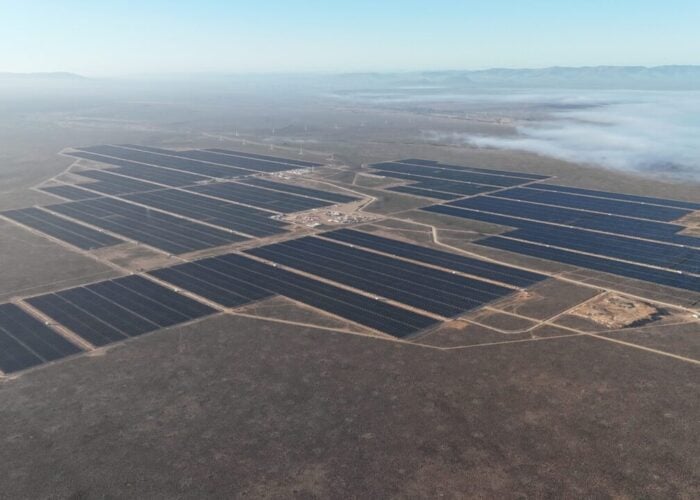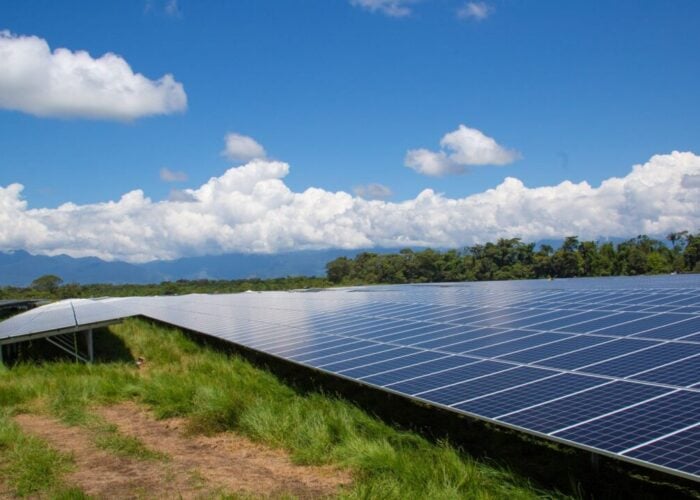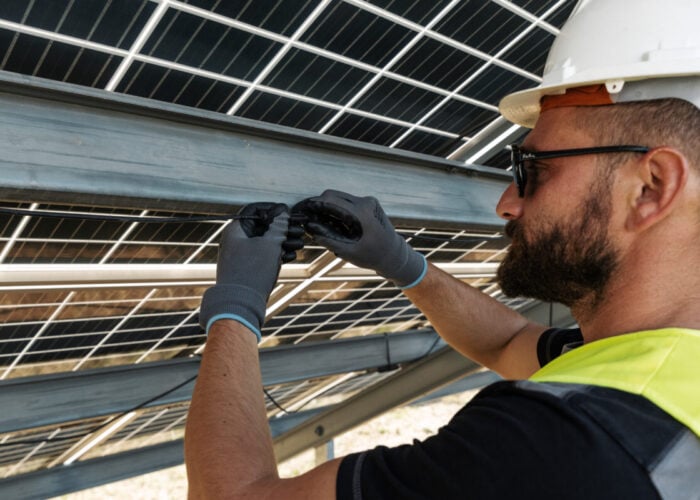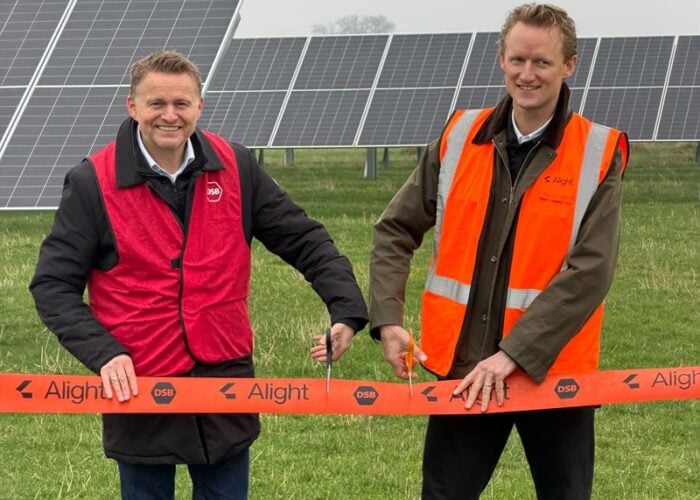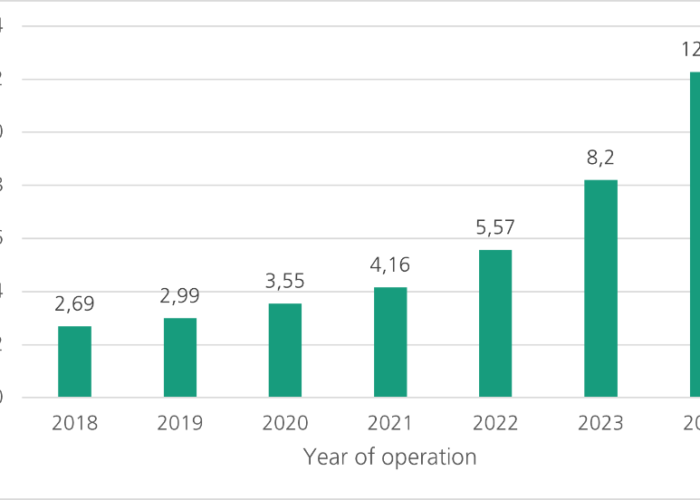
The 94MW Gunsynd Solar Farm has been registered in the Australian Energy Market Operator’s (AEMO) Market Management System (MMS) as the Queensland project prepares for commissioning and commercial operation.
The registration, completed today (18 November), indicates the project’s readiness to begin commissioning and testing activities.
Try Premium for just $1
- Full premium access for the first month at only $1
- Converts to an annual rate after 30 days unless cancelled
- Cancel anytime during the trial period
Premium Benefits
- Expert industry analysis and interviews
- Digital access to PV Tech Power journal
- Exclusive event discounts
Or get the full Premium subscription right away
Or continue reading this article for free
The facility is owned by Singaporean renewables developer Metis Energy and has a maximum capacity of 94MW and registered capacity of 122.8MW in AEMO’s system.
Located 18km north of Goondiwindi, a small rural town near the Queensland-New South Wales (NSW) border, the project is situated approximately 280km west and south of Brisbane in the Darling Downs region.
Gunsynd represents the latest addition to Australia’s expanding utility-scale solar pipeline, which has seen consistent growth despite broader market challenges.
The MMS registration process represents a formal acknowledgement that the project has met AEMO’s technical and operational requirements for grid connection to the National Electricity Market (NEM). This administrative milestone enables the project developer to proceed with final commissioning activities and performance testing before the commencement of commercial operation.
AEMO’s MMS serves as the central registry for all generating units participating in the National Electricity Market. Registration requires comprehensive technical documentation, grid connection studies, and compliance verification to ensure new projects can operate safely within the interconnected system.
The facility’s 111MWp DC capacity translates to 94MW AC output, reflecting standard inverter configurations for utility-scale solar installations. The project is expected to generate approximately 250GWh of renewable energy annually.
Metis Energy secured SmartestEnergy Australia as the long-term power offtaker for the project through a power purchase agreement; however, the commercial terms remain undisclosed. The arrangement provides revenue certainty for the project while supporting grid integration of additional renewable energy capacity.
Construction activities commenced in January 2024 following Metis Energy’s acquisition of development rights in 2022 and financial close in March 2024. The project timeline positions Gunsynd for full operational readiness by the end of 2025.
The registration occurs as Australia’s electricity grid achieves record renewable energy penetration levels. Recent data shows Australia’s NEM setting a 78.6% renewable energy share record, demonstrating the grid’s capacity to accommodate increasing solar and wind generation.
Policy uncertainty leads to Queensland slipping in investor attractiveness
The registration of the utility-scale solar PV power plant comes amid growing uncertainty surrounding Queensland’s energy policy.
The Liberal National Party (LNP) of Queensland, under the leadership of David Crisafulli, won the state election in October 2024, and has since repeatedly made it harder to pursue utility-scale projects in the state.
Because of this, it was perhaps no surprise that Queensland slipped in investor attractiveness due to its policy uncertainty surrounding utility-scale renewables.
However, since taking office, the LNP of Queensland government has repeatedly reaffirmed that it is pursuing renewable energy projects that it deems “reasonable and realistic.”
The government’s new renewables stance has culminated in its newly released Energy Roadmap 2025. Although installed renewable energy capacity is set to increase by 2030, with an additional 6.8GW of wind and solar PV, coal-fired power plants have been granted a new lease of life.
Operating timeframes for state-owned coal assets have been reset to at least their technical lives, with options for further extension.

